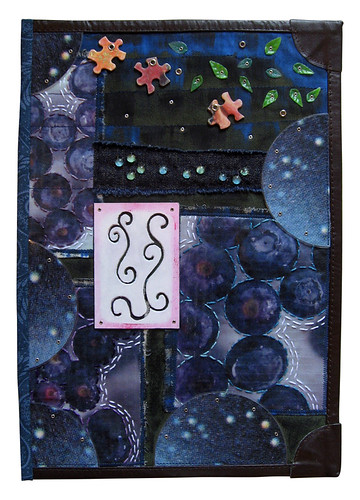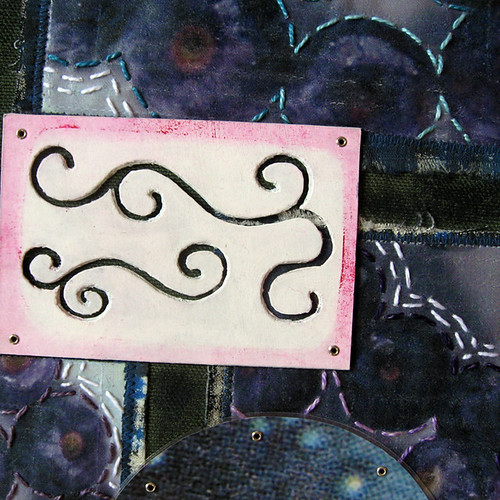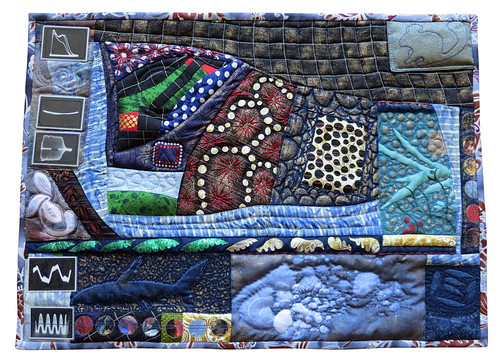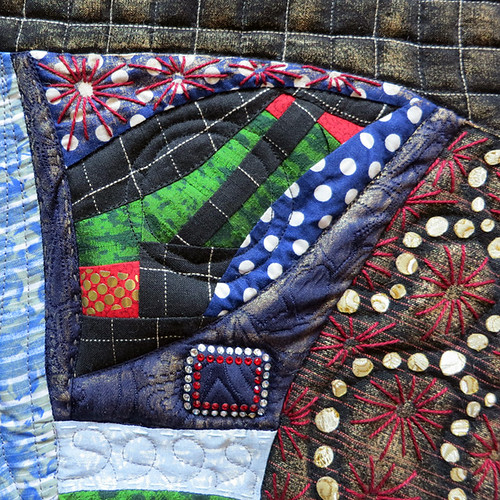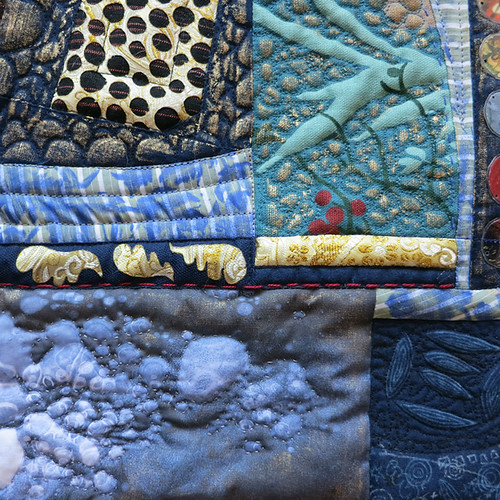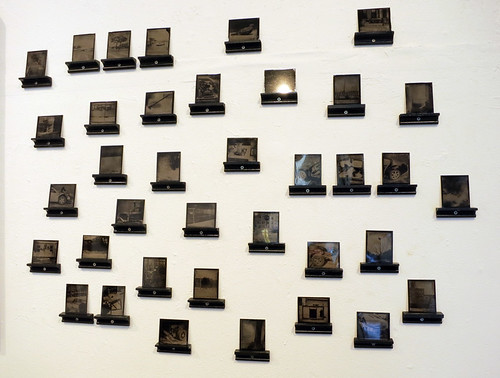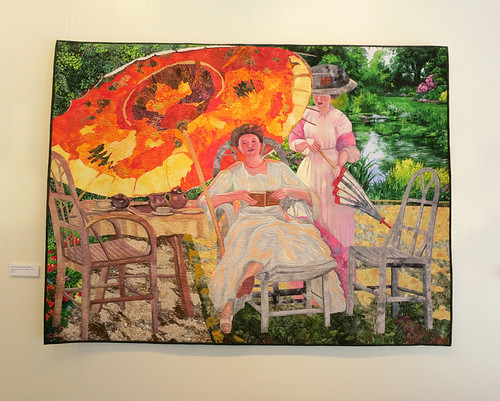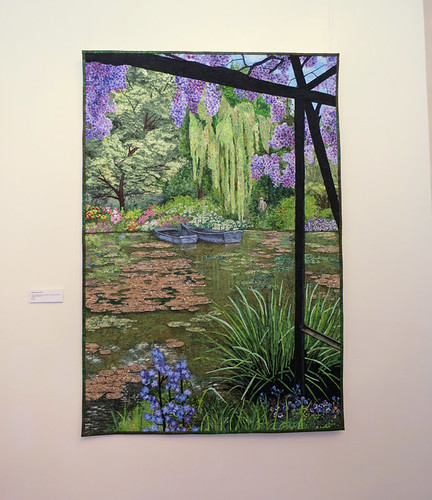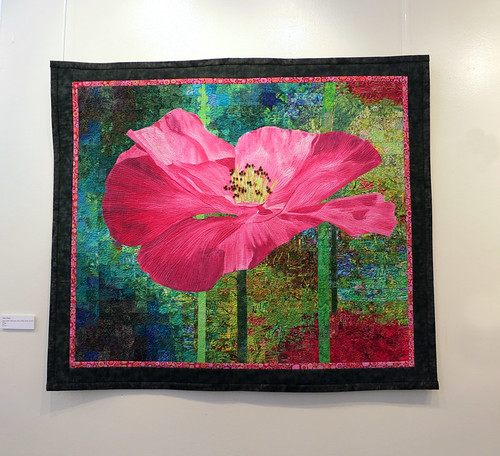Today, I had one of those wonderful serendipitous New York moments that I personally have too few of because I almost never leave my apartment. I was walking along 37th Street, heading towards the subway, when I spotted a teeny tiny storefront gallery full of what looked like hundreds of miniscule black and white photographs. A sign on the door encouraged me to come in, so I did just that, and I'm so glad I did - this is
exactly my kind of art!
All the tiny photos turn out to be the work of
Daniel Ballesteros, a photographer originally hailing from St. Louis, Missouri and currently operating in Brooklyn. See the bottom of this post for location and dates!
Ballesteros makes
tintypes, a photographic process I did not know much about - Wikipedia describes the process this way: "a photograph made by creating a direct positive on a sheet of iron metal that is blackened by painting, lacquering or enamelling and is used as a support for a collodion photographic emulsion."
The show contains two different presentations for Ballesteros's photographs. The first group are individually mounted to the wall on tiny custom supports that appear to be made from an upside down version of the channeled molding that holds the chalk at the bottom of a blackboard. They're probably no more than 3 by 4 inches, and it is incredibly rewarding to get up close to each one and peer at it to see what is revealed.
The second presentation method involves photographic prints on glass, in series of two or three or many more, held into simple wooden frames using loops of wire. These are incredibly beautiful and mysterious, and there are excellent flaws in the glass or the emulsion that I was particularly drawn to.
I'm just going to quote some big chunks of Ballesteros's website, because his artist statement is well written and informative, and a far cry from the pretentious crap that can be either written after hours of painstaking fruitless labor or, much more easily, created with zero effort using the
Arty Bollocks instant artist statement generator. I promise I won't always use all these giant block quotes, but I like Ballesteros's description of his work more than any description I could come up with, and if that makes me lazy, I won't even try to get out of being called that! Anyway, here's some of what he has to say about his series, "Midwest Filipino."
"This
project is about my experience as a Filipino American coming from an
area of the U.S. with very little Filipino culture, and a family that
did what it could to assimilate as best as possible. The first part of
the project, addressing the successful assimiliation of my Filipino
Grandfather into the U.S., is a series of photographs of the environment
and people that helped to shape my identity - without Filipino
influence."
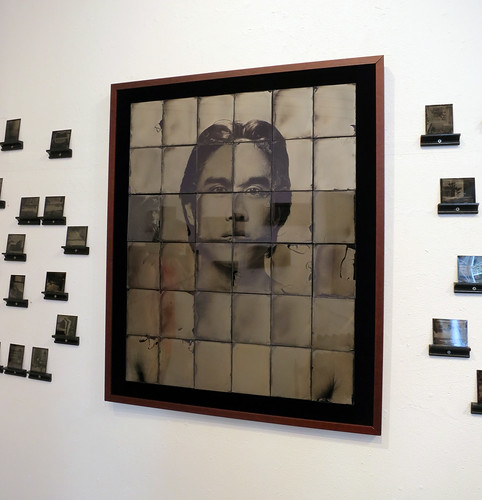 |
| A larger work comprising thirty individually printed photographs on glass |
(continued) "The
Midwest is in many ways a perfect backdrop for assimilation stories. It
once attracted numerous European immigrants (Dutch, German, French,
Italian, and Irish) who filled many midwest neighborhoods along with
their countrymen. Over time, those culturally rich communities
"Americanized" and lost much of their own identity among the suburban
sprawl of tract houses and strip malls that now typify the region."
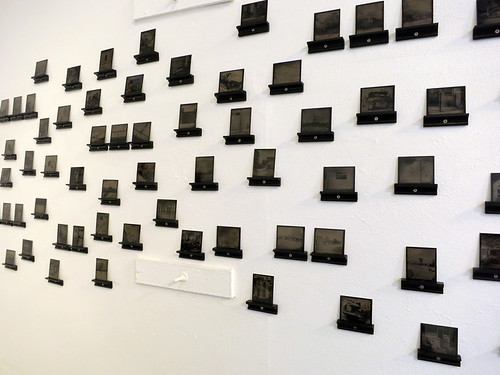 |
| More of the tiny images - I adore the way they work with the weird existing wall features in this gallery space. |
(continued - I added the bold part because I just think this bit is so very cool!) "For this series, the self-portrait of Midwest Filpino,
I have made wet plate collodion positive images on both metal and glass
from digital snapshots. Once a plate is made, the digital file is then
erased, so that one unique collodion plate remains--a single physical
token pulled from a digital recording--looking at its expression, its
storage abilities that we embrace and pretend to manage. As external
hard drives stack up on desktops (virtual and actual), the topic of
utility arises, highlighting how helpful modernization really is, and
our tendency to save everything (because it is so easy). In my work and
life, I see one beautiful aspect of the human memory being its abilitiy
to forget things, unconsciously filter out what seems unimportant,
reinterpret all that appears to inhibit our progress, whether truly
threatening or just perceived as being so. And like this human memory,
my pictures are imperfect and flawed, lacking the precise in precise
detail. The images for this series are two steps removed from their
original scene and decades distanced in regards to process. They are
represented in sometimes-cloudy warm monotones. They are small plates
that possess a digital time and date stamp to reference their place in
multiple eras at once, (both having a common interest in the practice of
seeing and recording)."
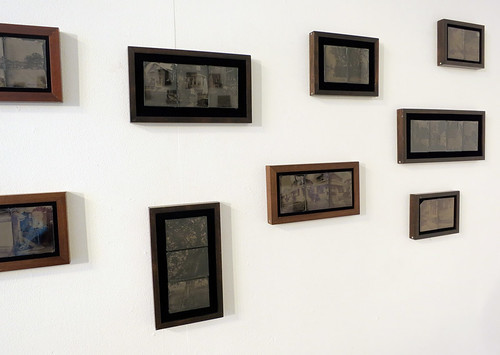 |
| Unfortunately with photography glare can make it hard to capture, but these pieces, composed of two to four small glass plates that make up a larger image, definitely blew me away! |
This show is presented by
Chashama.org, a non-profit organization that "supports communities by temporarily transforming vacant properties into spaces where artists can flourish." Upcoming events they're putting on include "
Bait and Switch," a group show of artists "whose work captures the viewer's attention then pulls the rug out from under them," opening June 22nd right near me in Harlem at 461 West 126th St.
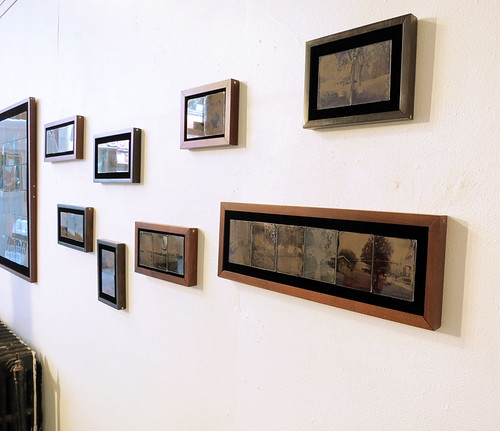 |
| One last shot of the gallery's second wall |
This show, "Midwest Fillipino" by Daniel Ballesteros, will be running at 277 W 37th St, New York, NY through June 11th and you all should check it out - I hear there's going to be a closing party featuring wine and cheese! (I know, the end date is super soon, but I only found out about this show by accident.) If you love tiny things that get better the closer you look, definitely go see this show!
